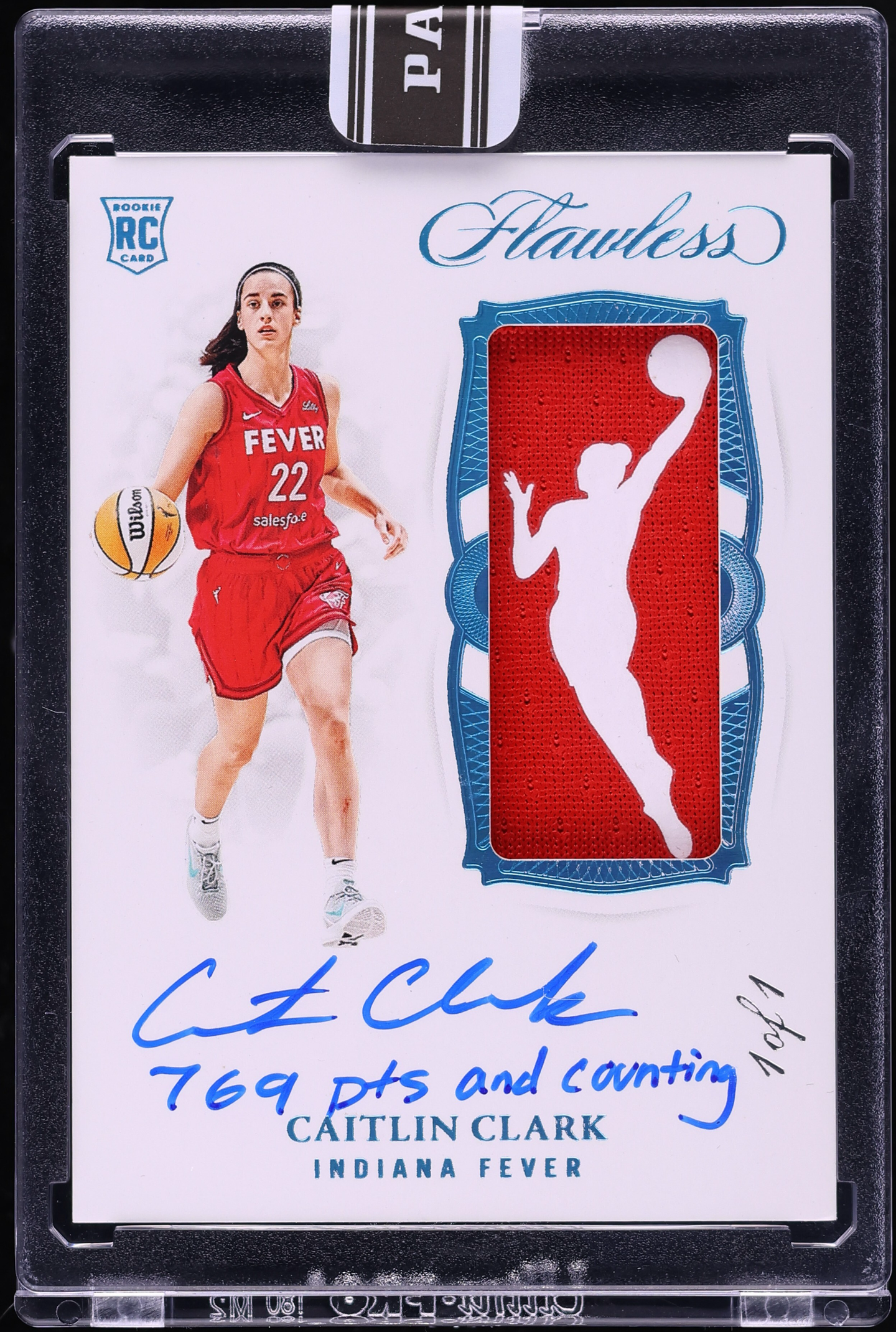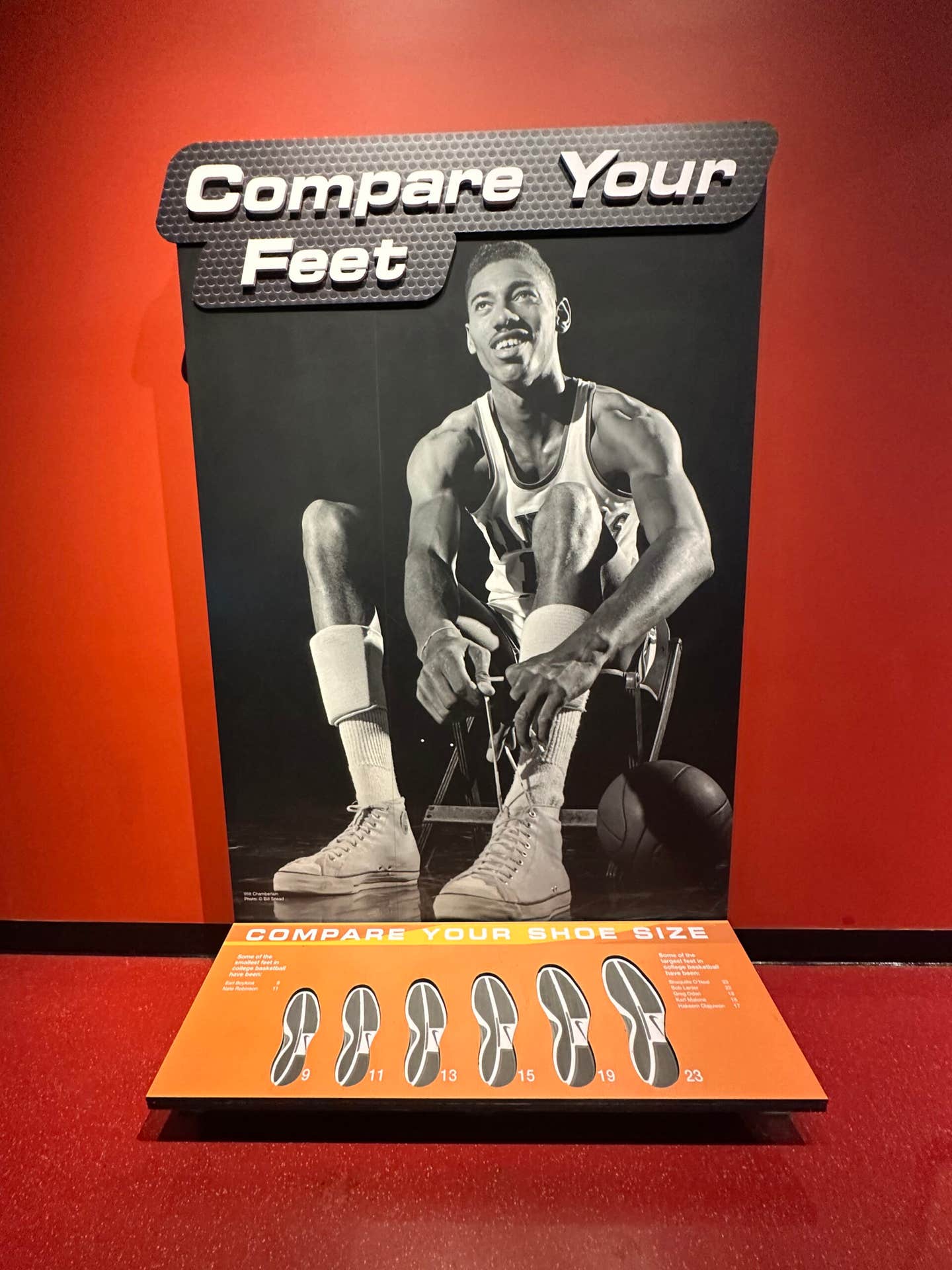News
Forgery: The bane of the hobby of sports collectors
Operation Bullpen was a huge success in 1999.
When the FBI raided and shut down 18 counterfeit and forged autograph memorabilia rings and got 63 convictions, it was an industry-changer. Greg Marino was one of the big names busted as a ringleader.
A few years later, following Phase 2 of Operation Bullpen, Beckett Grading Service (BGS) authenticator Steve Grad went on a tour in San Diego with FBI lead investigator Tim Fitzsimmons to check out all the fake items collected in the sting.
BREAKING NEWS: Police find dead body during major 2025 counterfeit sports memorabilia raid; dealer admits to forgery scheme
“I read the book and I’ve heard Tim comment many times that the Marino family was very good forgers,” Grad said. “I will tell you that they couldn’t hold a candle to the stuff that’s happening now. The Marino stuff I always felt was amateur hour.”
FBI Special Agent Brian Brusokas is always ready to track down sports memorabilia forgers. Brusokas, who started at the bureau in 2000 at the height of Operation Bullpen, has been on the FBI’s Art Crime Team for the last 15 years. Part of that team’s job includes investigating faked and forged sports memorabilia.
Brusokas points to Operation Bullpen as a highly successful sting, but forging is still prevalent today.
“Unfortunately, I still think it’s a big part of the industry,” Brusokas said. “I think there are a lot of people, including myself, looking to combat that. I get a lot of calls from local law enforcement as well as other federal law enforcement – because I’ve been doing this for such a long time. I’m kind of a known commodity out there, so I get calls regularly from detectives looking to open up forgery cases or other agents in other departments and looking, how do I start one of these? What am I looking for? Do you know these names?”
It’s been over 20 years since the Operation Bullpen crackdown, but autograph forgers haven’t missed a beat.
“There’s no question that I’m aware of about say between eight and 10 active forgers in the business that are pretty much doing whatever they want with no pushback,” Grad said. “Yet once in a while, they’ll get items booted off eBay or whatever. These guys are constantly peppering auctions; they’re constantly trying to get their stuff by.”
Brusokas, who receives a fairly steady stream of calls from dealers, auction houses and collectors about possible forgers, said Operation Bullpen was a great deterrent for individuals who were thinking about engaging in that as type of career in the future.
“With forgeries, I like to say all it takes is skill and a Sharpie or patience and a pen, because the materials to do a forgery are pretty much out there, especially with sports,” Brusokas said. “If you’re a forger and you’re going to do vintage signatures, most of the players, the Honus Wagners, Babe Ruths, Cy Youngs, Ty Cobbs, they died in the ‘40s, early ‘60s. So, the materials are still readily available from the period to engage and make those forgeries, so that makes it very difficult from a scientific analysis point of view.”
The FBI made a significant bust in early July 2020. Donald Henkel had his Traverse City, Mich., home raided for allegedly running an art forgery ring and producing counterfeit sports memorabilia.
“I had always told anybody he’s an artist,” Grad said. “There’s no way he’s not. He’s not an amateur, he knows ink. He knows how to ace stuff and he does it effectively. He knows how to forge very well. Very well.”
Grad has been aware of Henkel for quite some time.
“Now over the years, this guy has set himself on a level above,” Grad said. “The thing that is amazing to me – and I will stand by this and I have talked to the feds about this guy for 12, 13 years – the only reason they gave a (crap) about this guy was because of the artwork, that’s it. If he hadn’t gotten deep into artwork, I think that he would have probably never been touched. Ever.”
Another recent forged memorabilia case involved Arkansas businessman John Rogers. In 2018, he was sentenced to 12 years in prison on wire fraud charges. It was discovered Rogers was forging memorabilia and swindled banks and friends out of $25 million. According to the Chicago Tribune, Rogers forged everything from a Mickey Mantle 1956 Triple Crown batting trophy to a phony commemorative football from Super Bowl I.
Top Forged Athlete Autographs
Having started as an autograph chaser in the late 1970s and early ’80s, and worked at both BGS and PSA as an authenticator, Grad knows his stuff.
He has seen plenty of forged autographs over the years, but none more frequent than New York Yankees great Mickey Mantle.
“We do a signature review online on (Beckett’s) website and we have seen so many bad Mantles, they come through all the time,” Grad said.
Grad noted Mantle, who died in 1995, is really tough to forge. Grad knows exactly what to look for when examining a Mantle signature.
“The most important thing is Mantle signed with presence,” Grad said. “Mantle signed with power. He signed with authority. The forgers never capture that. They can never get his sizing right. They screw up his A’s; they can’t do his M’s.
“This goes for anybody, when you sit there and these forgers do these guys, they have no idea how Mantle grabs a pen, how he applied pressure. That’s the same that goes for this Henkel guy. He didn’t know how Babe Ruth really applied pressure at certain points. It’s hard. Same with Mantle, they can’t duplicate that.”
Other than Mantle, Grad doesn’t think anyone is more forged these days than Chicago Bulls legend Michael Jordan.
“Jordan, I’ll tell you, is becoming a real, real issue,” Grad said. “They are forging him so well and so efficiently. They’ve been faking Upper Deck holograms for five, six years. Jordan quit signing (his rookie cards) at least four years ago, if not five years ago – seeing the insane value of those things.”
Upper Deck has had an exclusive autograph deal with Jordan since the 1990s. Recently, BGS received a Jordan autographed Upper Deck 1/1 card to be authenticated and graded. Even being a 1/1, the card stumped the BGS authenticators.
“We just sat on it for five days just looking at it, a team of guys,” Grad said. “Finally, we okayed it, but we’re really cautious. I’m talking this is an Upper Deck-issued card, but a lot of that stuff is ending up duplicated and faked. We sit there and think about it and go back to it.”
Also high on the list of top forged athletes is six-time Super Bowl champion quarterback Tom Brady.
“His rookie card (autographed), I don’t know many real ones I’ve seen compared to fake, but the bad ones outnumber them probably 50-to-1 or 100-to-1,” Grad said. “The fake amount of Brady stuff out there is insane. It’s really, really out of control.”
Not surprisingly, Yankees legend Babe Ruth is one of the top forged athletes of all time.
“They either fake him well or they fake him really bad,” Grad said. “There’s not really a lot of gray areas. I look for certain things when I look at Babe Ruth. Letter formation, sizing. As an autograph authenticator and something I’ve learned through the years, I look at Joe DiMaggio. I look at a certain spot of his autograph first. Babe Ruth, I gravitate to certain things that he would do consistently. Mantle, same thing. Ted Williams, same thing on him.”
Entertainment wise, Marilyn Monroe and Walt Disney have a lot of forgeries pop up.
“It’s the stuff you can’t get anymore,” Grad said. “Elvis Presley’s been forged for so many years by so many people. There was a German forgery ring for years pumping him out. Neil Armstrong is another one – mass exodus of fakes.”
Music icons Jimi Hendrix, Jim Morrison, Janis Joplin and Stevie Ray Vaughan – all of whom have been deceased for over 30 years – have fake signatures that appear out of nowhere.
“I’ll tell you the funniest one you can put on that list: Brittany Spears,” Grad said. “Obviously, she was a music icon at one time and almost like a sex icon at one time. She’s also a very tough autograph in person; she was not easy. She’s done stuff in Vegas and done live shows and stuff like that. But literally, she just doesn’t sign. Almost everything we see on her is fake.”
Grad is reminded almost on a daily basis that forgeries have become an all too common theme in the industry.
“I just saw a whole run of them back at the Beckett office in June where it was like really tough football guys, like all in their rookies, but they were all fake,” Grad said. “That’s kind of the trend that I see. As a collector, you should never fall asleep at the wheel. Do your research, know what you’re buying.
“The guys that are successful at forging, they make money doing it. The new forgers that do Mike Trout and Bryce Harper and Peyton Manning and Tom Brady, those guys are very active and they’re out to get people’s money.”








